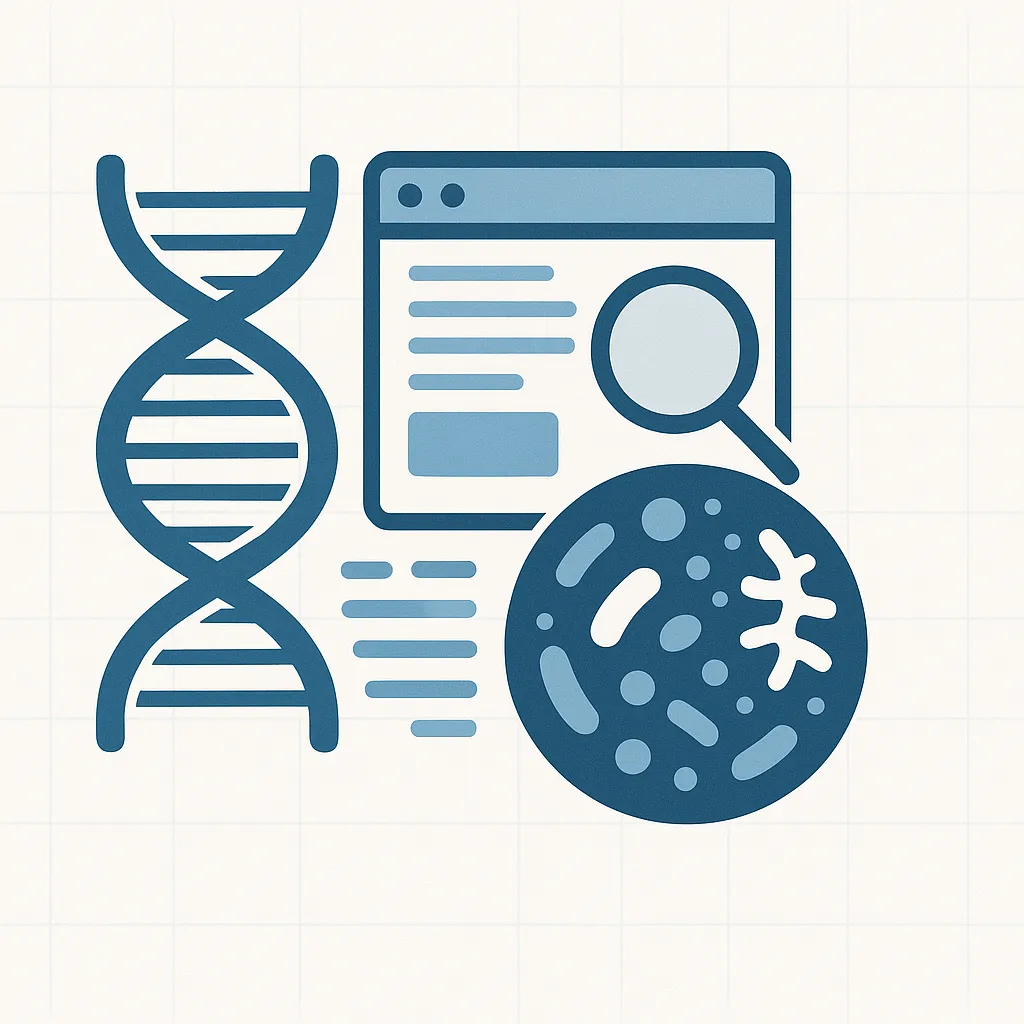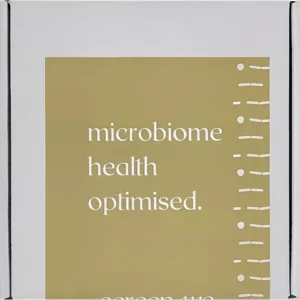NEW ARTICLE SUMMARY
A multi-kingdom collection of 33,804 reference genomes for the human vaginal microbiome
Published: June 2024
What was studied?
The Vaginal Microbial Genome Collection (VMGC) is a large database of 33,804 microbial genomes found in the human vagina.
It includes bacteria, viruses, and fungi, with a large number of species that have never been grown in a lab—over 25% of bacteria and 85% of viruses remain uncultured.
The VMGC is a big step forward compared to previous databases like VIRGO, as it provides a much larger collection of microbial genes to help scientists understand how the vaginal microbiome works.
More diverse microbial genes
The VMGC gives researchers access to a much wider range of genetic data, helping them study the roles and functions of vaginal microbes.
By broadening such, this allows for a more comprehensive study of the vaginal microbiome’s functional potential, and the role of specific micro-organisms within this.
Toxin production
Lactobacillus iners and Bifidobacterium vaginale contribute to toxins like haemolysin and inerolysin, which may impact vaginal health.
This reinforces previous findings.
Enzyme activity
Urease and phospholipase C, which are linked to infections, are commonly produced by Ureaplasma species.
However these are also found in Ralstonia pickettii, Pseudomonas aeruginosa, and Staphylococcus epidermidis genomes.
Fariba Khonsari




